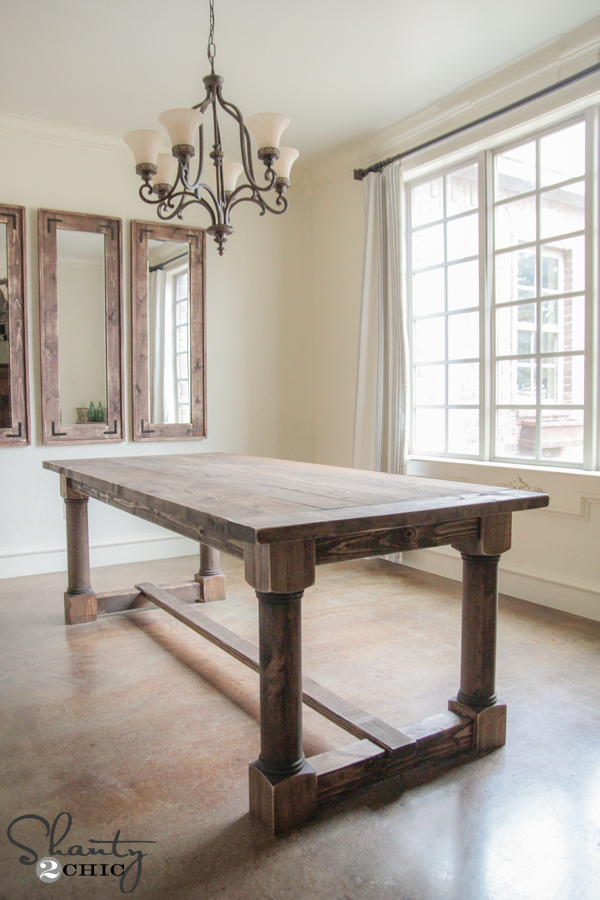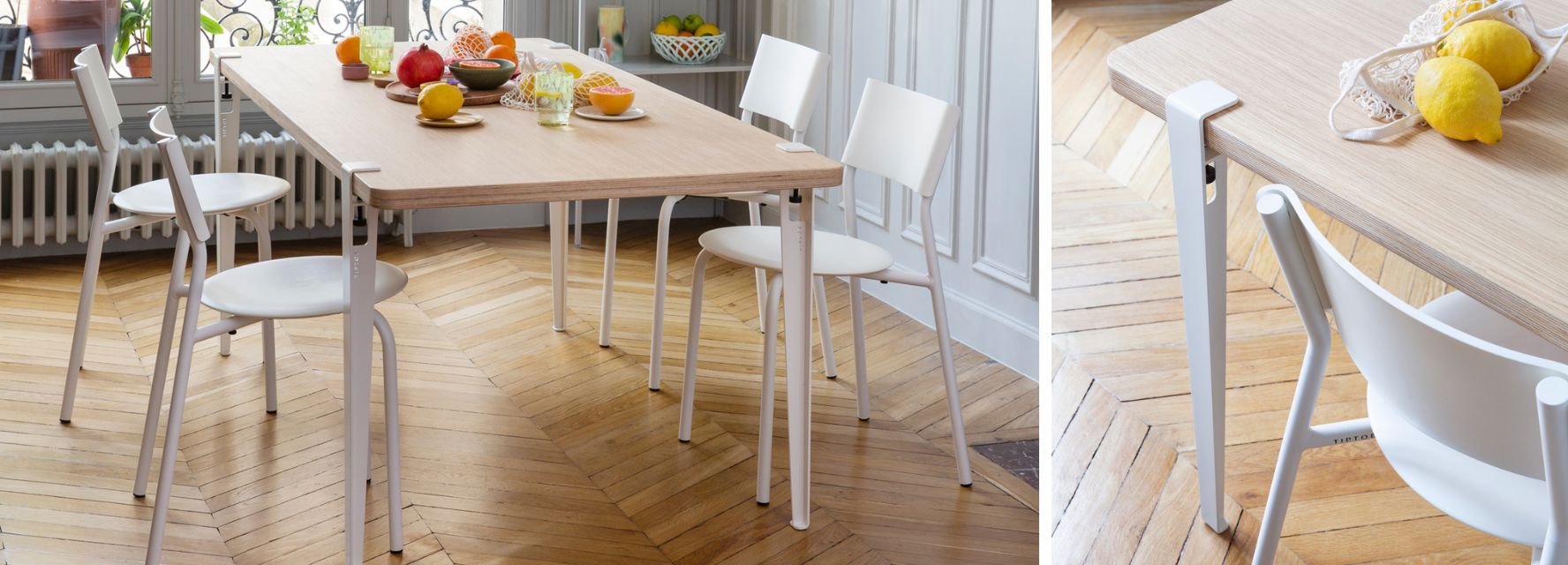How the Right Dining Room Table Legs Can Complete Your Dining Room Look
How the Right Dining Room Table Legs Can Complete Your Dining Room Look
Blog Article
From Standard to Modern: Find the Perfect Dining-room Table Legs for Your Design
While traditional layouts such as cabriole and transformed legs stimulate a sense of classic elegance, modern designs like hairpin and geometric options provide a possibility for striking visual rate of interest. As you consider these elements, the question remains: exactly how can you perfectly incorporate these varied leg styles to produce an unified dining experience?
Understanding Table Leg Styles
The variety of eating area table leg styles can dramatically affect both the aesthetic appeals and performance of the space. Each leg style contributes distinct useful functions and visual aspects, satisfying diverse design preferences and usage requirements. Understanding these styles is crucial for choosing the right dining table that straightens with your general indoor style vision.
As an example, tapered legs use a clean, timeless appearance that can improve an area's elegance, while pedestal bases offer security and take full advantage of legroom, making them ideal for smaller sized rooms. Barrette legs, a hallmark of mid-century modern design, introduce a commercial panache, enabling for an airy, open feel. Trestle legs evoke rustic appeal, offering robust assistance and a sense of eternity.
Moreover, the selection of products plays a significant duty. Wood legs can bring warmth and structure, whereas metal alternatives commonly convey a smooth, modern ambiance. Ultimately, understanding table leg designs is essential for developing a cohesive eating area that shows personal design while making certain functionality and convenience. By thoughtfully taking into consideration these aspects, you can enhance both the aesthetic and practical appeal of your eating room.
Typical Table Leg Options
When choosing dining-room table legs, standard options usually embody classic elegance and craftsmanship. These designs mirror an abundant heritage and a commitment to high quality, making them suitable for those that appreciate timeless aesthetics.
Among the most iconic conventional leg styles is the cabriole leg, defined by its stylish rounded shape. This layout often features decorative carvings and is most typically located in Queen Anne and Chippendale furnishings. Another popular option is the turned leg, which flaunts a series of smooth, rounded shapes that provide a classic appearance while keeping security.
In addition, the straight leg, while straightforward, offers a unadorned and sturdy framework that can mix effortlessly with a selection of tabletop designs. For those attracted to ornate outlining, claw-and-ball feet legs evoke a feeling of grandeur and can serve as a sensational prime focus in any type of eating room.
Last but not least, stand bases, although not strictly legs, offer an alternative standard alternative that enables enough legroom and can be perfectly sculpted. Each of these conventional leg designs contributes to the overall setting of a dining space, check out here marrying feature with visual appeal.

Modern Table Leg Styles
Modern table leg designs supply a varied series of styles that stress ingenious materials and clean lines. These layouts commonly prioritize capability while working as striking centerpieces within a dining room. Minimalist aesthetics are widespread, with legs crafted from products such as steel, glass, and engineered wood, which add to a ventilated and modern feeling.
One prominent layout is the hairpin leg, identified by its slender, conical framework that gives security without overwhelming the table top (dining room table legs). This design is usually found in mid-century modern furnishings and can easily complement different table forms. One more fad is making use of geometric shapes, where legs may tackle asymmetrical or angular types, adding aesthetic rate of interest and a touch of artistry

Mixing Designs for Special Rooms
Frequently, property owners seek to produce unique eating areas that show their personal style by mixing numerous layout components. This technique enables the consolidation of diverse appearances, leading to a harmonious yet unique atmosphere. For instance, pairing a rustic wood table with sleek, modern steel legs can develop an eye-catching comparison that raises the room's total appeal.
In addition, incorporating vintage table legs with contemporary table tops can evoke a feeling of history while maintaining a modern perceptiveness. Such combinations not just showcase private preference yet likewise urge imagination, allowing home owners to curate a room that really feels both personal and inviting.
Color plays a crucial role in this mixing process; picking table legs that match or comparison with the existing color plan can boost visual interest. Whitewashed legs can soften the daring of a dark table surface area, creating a well balanced aesthetic.
Tips for Picking the Right Legs
Selecting the right table legs is essential for accomplishing both capability and aesthetic allure in your dining area. Begin by taking into consideration the overall design of your space. Conventional setups benefit from legs that include complex carvings or transformed layouts, while contemporary spaces may ask for smooth, minimal designs.
Next, examine the elevation and security of the legs. dining room table legs. Standard table vary between 28 to 30 inches in height, so guarantee the legs enhance this dimension for convenience. Additionally, robust materials, such as hardwood or metal, can improve stability and longevity
Assess the leg shape also-- choices include straight, tapered, or pedestal find this styles. Straight More hints legs use a timeless appearance, while tapered legs can add a touch of sophistication. Pedestal bases give enough legroom and are perfect for smaller spaces.
Final Thought
In summary, picking the optimal eating space table legs requires cautious factor to consider of both modern-day and traditional styles. By harmonizing leg style, elevation, and product with the general decor, a natural and welcoming atmosphere can be attained.
The variety of eating area table leg styles can substantially influence both the visual appeals and functionality of the space. Eventually, understanding table leg designs is necessary for creating a natural eating location that shows personal style while guaranteeing usefulness and convenience.One of the most legendary conventional leg styles is the cabriole leg, defined by its elegant rounded form. Straight legs provide a timeless appearance, while tapered legs can add a touch of elegance.In recap, choosing the ideal eating area table legs calls for cautious factor to consider of both typical and contemporary styles.
Report this page